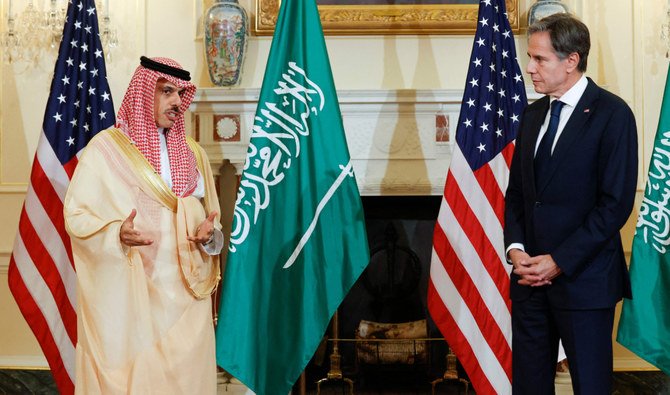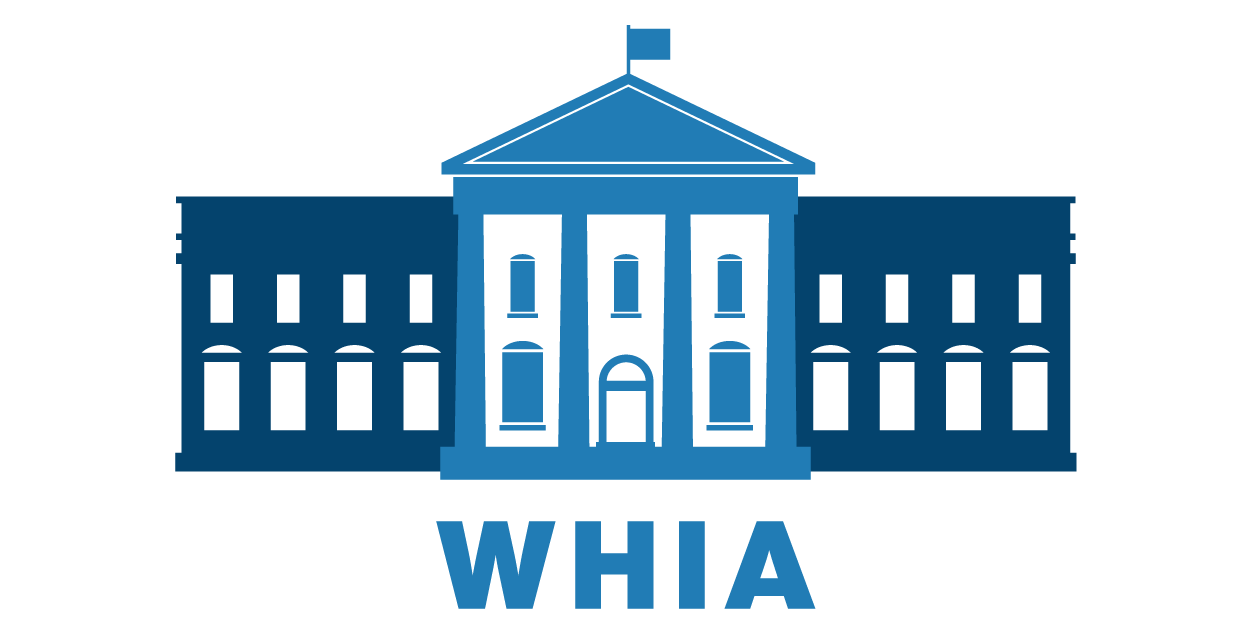
Biden’s Visit to the Middle East: Expectations vs. Reality
|
الاستماع للمقال صوتياً
|
By Jawhara Jughaman,

Much has been written about President Joe Biden’s upcoming visit to the middle east. What is on the agenda? What are his expectations? What are the hopes and wishes of the people in the region? This visit specifically coincides with global events that may redraw the geopolitical and economic map of the world. The war between Russia and Ukraine has had an effect on food and energy sources everywhere, raising prices even in the US.
These current events have led to a global rethinking of many preexisting circles of influence. Middle east-particularly Saudi Arabia and the Gulf States-is are central in the matter of energy supplies. This in itself may have prompted Joe Biden to visit the region. This visit has a lot on its agenda, as he wrote in today’s Washington Post (Sunday opinion A21. July 10, 2022). Energy is on his list of concerns, and Saudi Arabia is its most important supplier. It has the world’s second-highest oil reserve and produces more oil than any other country. This gives Saudi Arabia the ability to lower energy prices by increasing production. It has the power to fulfill the market’s need for energy. In the soon-to-come November, election energy prices and the resultant inflation will be an issue.
In my opinion, the main reason for this visit is to cement American presence in the area, to fill cracks created by the intervention of other global powers. The political atmosphere in the Gulf states is at present boiling. This heat is related to issues on the table, like the Yemeni war, Iranian interventionism, the Palestinian cause, and many other local conflicts that are sure to be discussed with the US president. Ending the Yemeni war is in the interest of Yemen’s stability and the region’s stability. The administration knows it. The US president knows the request of the Kingdom and Gulf states. They seek U S cooperation in protecting the area from threats that promote instability and must be addressed. The countries of the region are concerned with the changes that are occurring in the world, especially those that affect joint strategic interests. Saudi Arabia has a vision that is based on give-and-take. The give-and-take that will secure its independence and safeguard its beneficial role as an energy source.
The way the various portfolios on the agenda are dealt with will lead the region into one of two paths. 1) the United States-Gulf States, a middle eastern agreement, will assure military cooperation to safeguard the security and stability of the region. 2) entails an attempt to bring Iran back into the fold, by making it act in a way that is suitable for its own interests and the region. It is a given that the United States is a historical partner in this strategic issue, but that fact must be proven, anew. Expectations for this visit are high, but the realities are different from past visits by US presidents. This visit may set a new strategy for the area, for years to come, and result in solutions to many of the world’s crises. For that to happen, the United States must take into consideration the different conditions of the Arab Gulf today. These differences will require a new method of discourse, inclusive round table discussions, not square table limited issue negotiations.
Translated/Edited by Dr. Ayman Hakki
